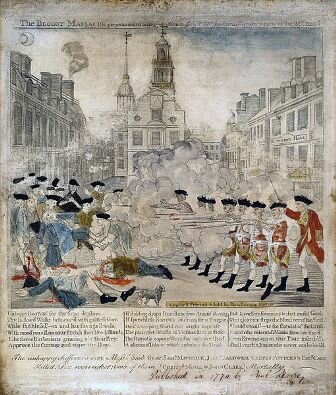Those who love reading history might consider one of these following facts about the Blitz really interesting. The Blitz was the period of sustained strategic bombing of the United Kingdom by Nazi Germany during the Second World War. Between 7 September 1940 and 21 May 1941 there were major aerial raids on 16 British cities. Over a period of 267 days (almost 37 weeks), London was attacked 71 times, Birmingham, Liverpook and Plymouth eight times, Briston six, Glasgow five, Southampton four, Portsmouth and Hull three, and there was also at least one large raid on another eight cities. Below are some other facts about the Blitz you might be interested in.
Facts about the Blitz 1: Lutwaffe
Starting on 7 September 1940, London was bombed by the Lutwaffe for 57 consecutive nights.More than one million London houses were destroyed or damaged, and more than 40,000 civilians were killed, almost half of them in London.Ports and industrial centres outside London were also heavily attacked.
Facts about the Blitz 2: The Bombing
The bombing did not achieve its intended goals of demoralising the British into surrender or significantly damaging their war economy.The eight months of bombing never seriously hampered British production, and the war industries continued to operate and expand.
Facts about the Blitz 3: Reason
Several reasons have been suggested for the failure of the German air offensive. The Luftwaffe High Command failed to develop a coherent long-term strategy for destroying Britain’s war industries, frequently switching from bombing one type of industry to another without exerting any sustained pressure on any one of them.
Facts about the Blitz 4: Long-term Strategy
Neither was the Luftwaffe equipped to carry out a long-term strategic air campaign, lacking among other things a heavy four-engined bomber, and its intelligence on British industry and capabilities was poor. All of these shortcomings denied the Luftwaffe the ability to make a strategic difference.
Facts about the Blitz 5: Strategic Bombing
Within the Luftwaffe, there was a more muted view of strategic bombing. The OKL did not oppose the strategic bombardment of enemy industries and or cities, and believed it could greatly affect the balance of power on the battlefield in Germany’s favour by disrupting production and damaging civilian morale, but they did not believe that air power alone could be decisive.
Facts about the Blitz 6: National Socialist Era
Throughout the National Socialist era, until 1939, debate and discussion raged within German military journals over the role of strategic bombardment. Some argued along the lines of the British and Americans. Walter Wever, the first Chief of the General Staff—championed strategic bombing and the building of appropriate aircraft for that purpose, although he emphasised the importance of aviation in operational and tactical terms.
Facts about the Blitz 7: War Between UK and France
Within hours of the UK and France declaring war on Germany on 3 September 1939, the RAF bombed German warships along the German coast at Wilhelmshaven. Thereafter bombing operations were against ports and shipping and propaganda leaflet drops. Operations were planned to minimize civilian casualties. This leads to the Battle of Britain. Check out for more facts about the Battle of Britain.
Facts about the Blitz 8: German Navigation Technique
Because of the inaccuracy of celestial navigation for precise target location in a fast moving aircraft, the Luftwaffe developed radio navigation devices and relied on three major systems: Knickebein (“Crooked leg”), X-Gerat (X-Device), and Y-Gerat (Y-Device). This led the British to develop countermeasures, giving rise to the “Battle of the Beams”.
Facts about the Blitz 9: British Counter Measures
In June 1940, a German prisoner of war was overheard boasting that the British would never find the Knickebein, even though it was under their noses. The details of the conversation were passed to an RAF Air Staff technical advisor, Dr. R.V. Jones, who started an in-depth investigation which discovered that the Luftwaffe’s Lorenz receivers were more than blind-landing devices. Jones therefore began a search for the German beams.
Facts about the Blitz 10: Night Attacks
From November 1940 – February 1941, the Luftwaffe shifted its strategy and attacked other industrial cities.In particular, the West Midlands were targeted. On the night of 13/14 November, 77 He 111s of Bomber Wing 26 or KG 26 bombed London while 63 from KG 55 hit Birmingham.
Hope you would find those Blitz facts really interesting, useful and helpful for your additional reading.









